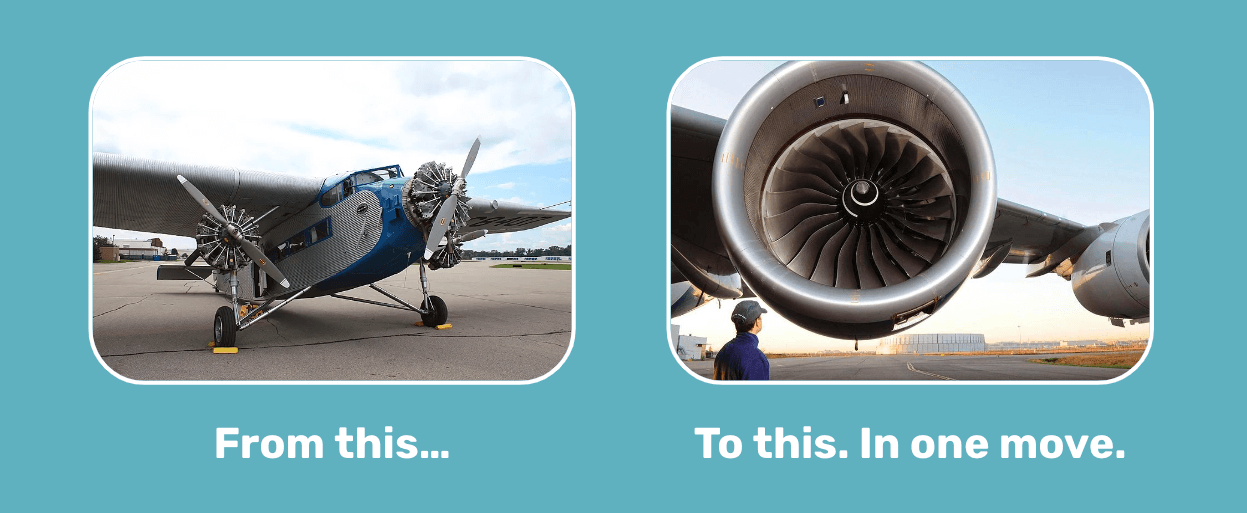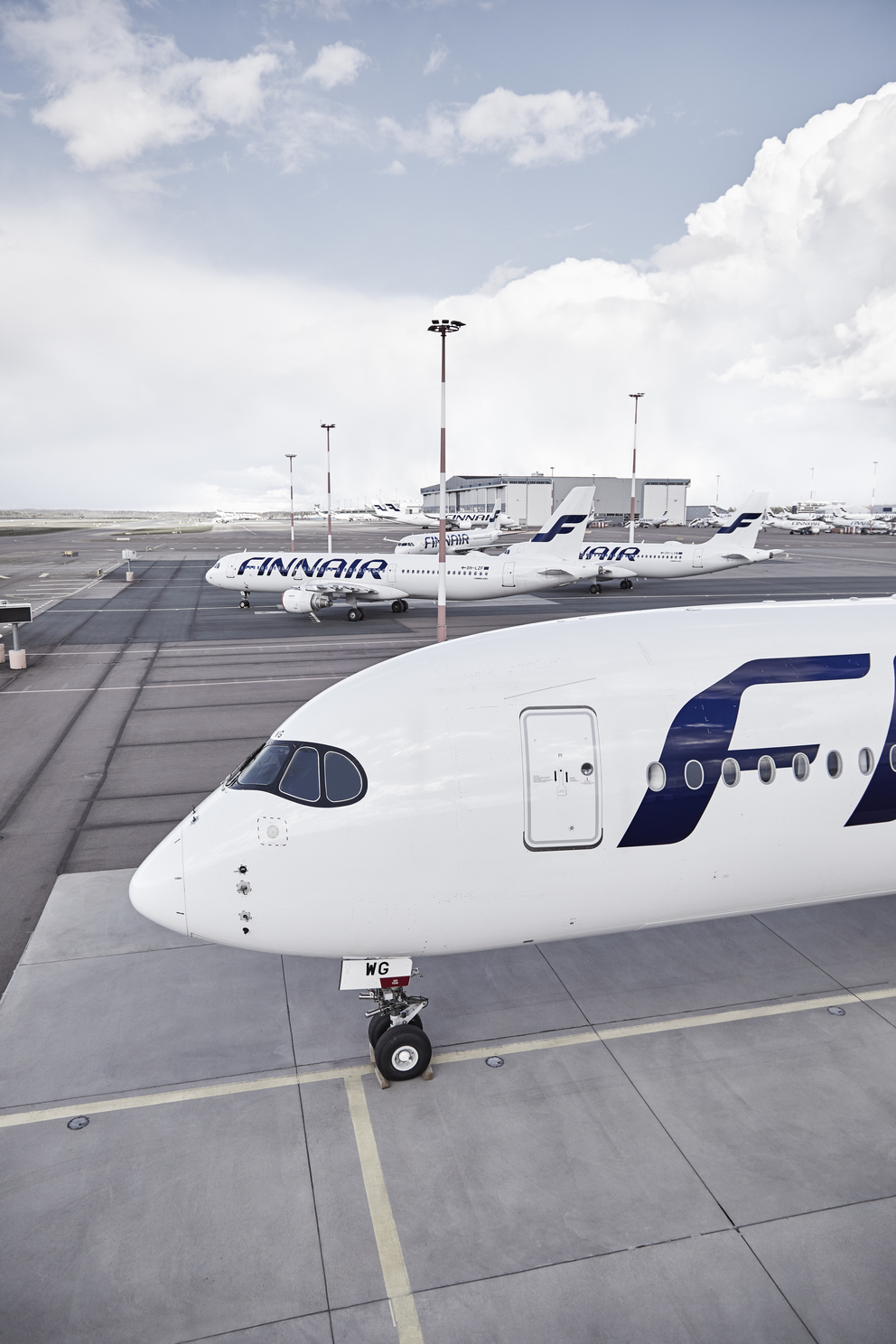
Airlines: Upgrading Your Engines While “In Flight”
For all enterprises, digital service continuity is a must-have. In day to day operations this requirement is unquestioned.
However, in legacy environments it’s commonplace for scheduled downtime to be required during upgrade and maintenance activities.
These conflicting requirements lead to a situation where upgrades and maintenance are batched together, and not performed as and when demanded, simply because of the business requirement for minimal downtime.
Zero service outage
One of the many differences when cloud technologies are used, is that many of these migrate, upgrade, patch and maintain operations can be performed with no service outage. Using an aviation analogy - it's like upgrading your engines from piston to gas turbine, while in flight. Pretty cool.
The ability to perform these actions with no service outage opens the door to DevSecOps as a fully fledged opportunity, which is a critical capability for enterprises.
This covers the majority of issues, but there are still outlier issues that can and have had a massive negative impact on the operations of airlines.
We know the aviation industry is fast-moving, not just from a business transaction perspective, but also in the way that external factors can impact the operational performance of the business. It means that forces outside the control of the airline can have a negative or immediate stopping effect on sales.
Consider this; bookings on an aircraft flight are a totally perishable product, they cannot be shelved and sold at a future date.
The demands of the industry mean that service outages must be minimised. So - how do you make the necessary migrations to cloud and modernisations in cloud, with minimal or zero outage?

It’s like trying to upgrade from a propeller engine to a jet engine while in flight, in one move. Sound impossible? Ambitious?
Yes, it can be done
OK, not impossible. Definitely not too ambitious, but for sure extraordinarily difficult and impractical. But from an IT perspective this is precisely what we do for the airline industry.
Our methods and tools allow us to maintain full service delivery, all while the legacy workloads are migrated to the cloud and modernized to be built on resilient, scalable and cost effective cloud native technologies.
We have a couple of examples where we’ve done this:

Finnair
We helped Finnair move 400 VMs and 70 applications to the cloud in 7 months.
- Balanced lift and shift versus rearchitecting/replatforming to deliver the “in-flight” speed and capabilities Finnair needed
- Integrating managed services into the migration process to give Finnair more agility, greater TCO savings and faster value
- Also rearchitected and replatformed 20 applications to eliminate technical debt and give access to native cloud services to bolster competitive position

Global Airline
We also supported a global airline on their cloud journey by doubling their migration speed.
We were brought in to accelerate migrations with an agile, cloud-native approach.
- There wasn’t a development environment in place, but the Nordcloud team suggested that this wasn’t needed. It wasn’t an efficient way of working.
- Instead, we migrated the QA environment, completed the baseline template, and replicated this into development. It helped us move faster.
- The result is essentially a development environment created that’s comparable to a QA or test environment. So, the test environment is already migrated, and the learnings enabled us to deliver the production migration risk-free.
My colleagues and I have worked on over 1,000 public cloud implementations. In my own 25-year career, I’ve seen lots of messy, cobbled-together legacy infrastructure. And no problem has been insurmountable. Yes, some challenges have been harder to address than others – but they have all been solvable. For most aviation companies, the solution will be a cloud-first approach, and we're here to help our with that. Fill in the form below to get in touch, we'd love to help you get started.
Get in Touch.
Let’s discuss how we can help with your cloud journey. Our experts are standing by to talk about your migration, modernisation, development and skills challenges.




